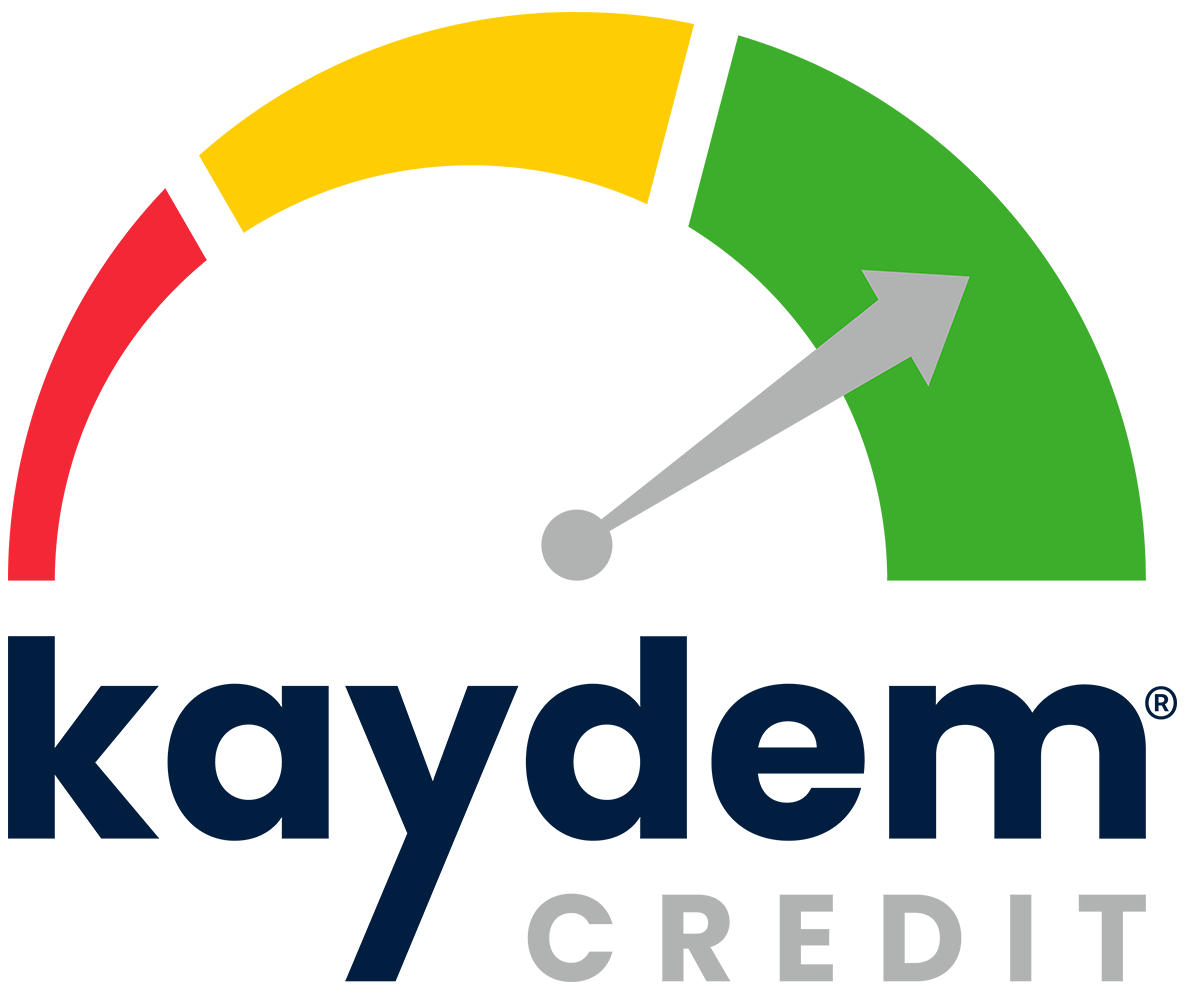In the realm of personal finance, few things hold as much power and influence as your credit score. Whether you’re applying for a loan, seeking approval for a credit card, or even renting an apartment, your credit score can make or break your chances of success. But have you ever wondered how exactly credit scores are calculated?
Understanding the intricacies behind this numerical representation is critical to your financial health. Read on to learn about the factors determining your credit score, shedding light on this often mysterious process. By uncovering the secrets of credit score calculation, you’ll be equipped with the knowledge to make choices that can positively impact your creditworthiness.
What is a Credit Score?
A credit score is a numerical representation of an individual’s creditworthiness, which indicates the likelihood of them repaying their debts on time. It is a crucial tool for lenders and financial institutions to assess the risk of extending credit to an individual. Simply put, your credit score is a snapshot of your financial reputation and reliability.
By analyzing a person’s credit score, lenders can make informed decisions about approving loans, offering credit cards, determining interest rates, and setting credit limits. Landlords, insurance companies, and potential employers may also consider credit scores when making certain decisions.
FICO vs. VantageScore
Lenders use several credit scoring models, but the two most commonly known are FICO and VantageScore.
FICO Score: The FICO (Fair Isaac Corporation) score is the most widely recognized and utilized credit scoring model in the United States. The Fair Isaac Corporation developed it and considers various factors such as payment history, credit utilization, length of credit history, credit mix, and new credit applications. FICO scores range from 300 to 850, with higher scores indicating better creditworthiness.
VantageScore: VantageScore is a credit scoring model introduced by the three major credit bureaus (Experian, Equifax, and TransUnion). It was designed to compete with FICO scores and provide a consistent credit scoring system. VantageScore also considers similar factors as FICO but may weigh them differently. A VantageScore ranges from 300 to 850, with higher scores indicating better creditworthiness.
It’s important to note that while FICO and VantageScore are the most commonly used credit scoring models, other models also exist. Each model has its proprietary algorithm and may consider different factors to evaluate creditworthiness. However, the basic principles remain consistent across most models.
How Credit Scores Are Calculated

Payment History
One of the most significant factors influencing how credit scores are calculated is your payment history, which accounts for 35%. This aspect assesses how reliably you make your debt payments on time. Timely payments demonstrate responsible financial behavior and positively impact your credit score. On the other hand, delinquencies and bankruptcies can severely damage your credit score, indicating a failure to fulfill your financial obligations.
Credit Utilization
Credit utilization refers to the percentage of your available credit that you are currently using and is also essential as it accounts for 30% of your credit score. High credit utilization can negatively affect your credit score as it may suggest a higher risk of default. Keeping your credit utilization below 30% is generally recommended to maintain a favorable credit score. Keeping your balances low and managing your credit wisely can positively impact your credit utilization ratio.
Length of Credit History
The length of your credit history also plays a vital role in determining your credit score since it makes up 15% of your score. This factor considers the age of your accounts and the average age of all your accounts combined. Generally, a more extended credit history demonstrates stability and reliability, which can positively impact your credit score. Establishing a credit history early and maintaining good standing with your accounts over time is essential.
Credit Mix
A diverse credit mix also influences how credit scores are calculated and contributes 10% of your overall score. This factor considers your different types of credit, such as credit cards, loans, and mortgages. A balanced mix of credit demonstrates your ability to handle various financial responsibilities. However, it’s important to note that this factor has a relatively minor impact on your credit score than others.
New Credit
The number of recent credit inquiries and account openings can affect your credit score. This factor accounts for the final 10% of your overall credit score. When you apply for new credit, it generates a “hard inquiry” on your credit report. Multiple hard inquiries within a short period can raise concerns about your financial stability and potentially lower your credit score. Additionally, opening numerous new accounts within a short timeframe may indicate an increased risk of overextending yourself financially.
How to Improve Your Credit Score
Maintaining a good credit score is essential for financial well-being. Fortunately, there are various strategies you can implement to improve your credit score and strengthen your creditworthiness. Here are some tips to consider:
– Pay your bills on time: Late payments can significantly negatively impact your credit score. Make it a priority to pay all your bills, including credit card payments, loans, and utilities, by their due dates.
– Set up payment reminders or payment plans if necessary: Utilize tools like calendar alerts or automatic payments to ensure you never miss a payment deadline. If you’re struggling to make payments, contact your creditors to discuss possible payment arrangements or negotiate more manageable terms.
– Keep credit card balances low and pay debt strategically: Aim to keep your credit card balances below 30% of your available credit limit. High credit utilization can negatively affect your credit score. When paying down debt, focus on paying off debts with higher interest rates or outstanding balances first while making at least minimum payments on other accounts.
– Request a higher credit limit: Increasing your credit limit can help lower your credit utilization ratio, as long as you don’t increase your spending to match the higher limit.
– Maintain old accounts: The age of your accounts contributes to your credit score. Keeping older accounts open, even if they have low or no balances, can positively impact the length of your credit history.
– Diversify your credit mix: Having a mix of credit types, such as credit cards, loans, and mortgages, can demonstrate your ability to handle different financial obligations responsibly. However, only take on the credit that you need and can manage effectively. However, remember that a hard inquiry is added to your credit report each time you apply for new credit, which can temporarily lower your credit score. Avoid excessive applications within a short period.
– Monitor your credit report: Regularly checking your credit report can help you identify any errors or unauthorized accounts that may negatively impact your credit score. If you notice any discrepancies, report them to the credit bureaus for correction.
Next Steps
If you have less than an ideal credit score and don’t have the time or expertise to navigate the credit repair process, it may be beneficial to seek professional assistance. Kaydem Credit Help is a trusted credit repair company that offers a free consultation to assess your situation before beginning the credit repair process. They understand the complexities of credit repair and can provide tailored solutions to improve your credit score.
Don’t let a less-than-ideal credit score hold you back – take advantage of the free consultation offered by Kaydem Credit Help and take a step towards financial stability.








One Comment
Comments are closed.